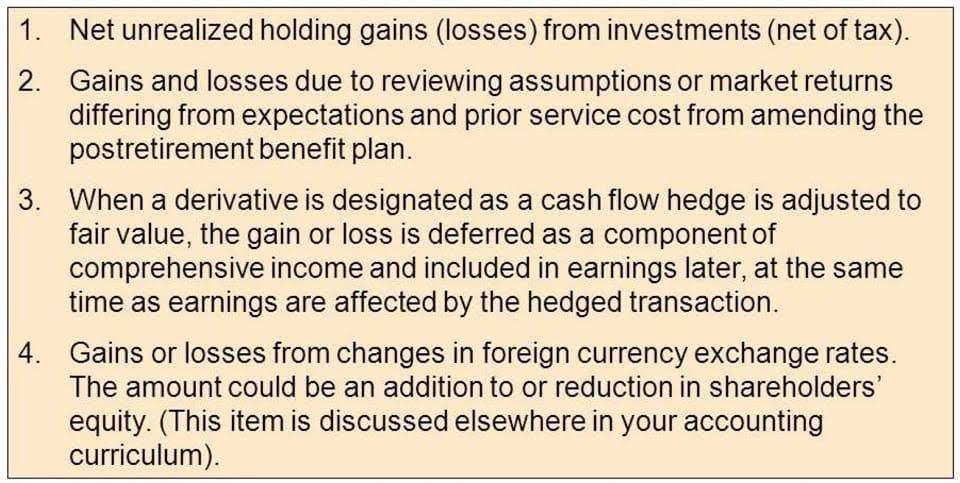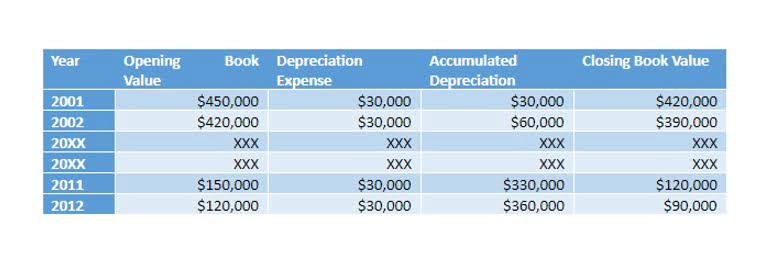Balance Sheet: Explanation, Components, and Examples

Assets are what the company owns, while liabilities are what the company owes. Shareholders’ equity is the portion of the business that is owned by the shareholders. After you have assets and liabilities, calculating shareholders’ equity is done by taking the total value of assets https://x.com/BooksTimeInc and subtracting the total value of liabilities. You will need to tally up all your assets of the company on the balance sheet as of that date. However, an asset cannot be recorded because of the uncertainty of future benefits accruing from the salary expenditure. The balancing entry is a reduction in the equity of the shareholders.

Common Adjustments and Their Effects on the Accounting Equation
This number is the sum of total earnings that were not paid to shareholders as dividends. It can be defined as the total number of dollars that a company would have left if it liquidated all of its assets and paid off all of its liabilities. Assets play a crucial role in driving financial performance and business growth. Efficient management of assets, such as investing in new technology or optimizing inventory levels, can lead to improved profitability and competitive advantage.
What is the accounting equation?
In this example, we will see how this accounting equation will transform once we consider the effects of transactions from the first month of Laura’s business. If you’re still unsure why the accounting equation just has to balance, the following example shows how the accounting equation remains in balance even after the effects of several transactions are assets = liabilities and equity formula accounted for. The data and information included in a balance sheet can sometimes be manipulated by management in order to present a more favorable financial position for the company. Like assets, you need to identify your liabilities which will include both current and long-term liabilities.
Accrual vs Cash Basis Accounting: Choosing the Right Accounting Method
- Credits always increase income, liabilities, and equity, and decrease assets, expenses, and dividends.
- It is an important financial statement that is a key component of the balance sheet.
- It too provides a source of funding but is different from a liability because no repayment obligation exists.
- Each category consists of several smaller accounts that break down the specifics of a company’s finances.
- Long-term liabilities are usually owed to lending institutions and include notes payable and possibly unearned revenue.
The shareholders’ equity number is a company’s total assets minus its total liabilities. This straightforward relationship between assets, liabilities, and equity is considered to be the foundation of the double-entry accounting system. The accounting equation ensures that the balance sheet remains balanced. That is, each entry made on the debit side has a corresponding entry (or coverage) on the credit side. With just a few clicks, the software will produce a balance sheet that lists and calculates your liabilities, so you can focus on growing your business, rather than spending the day crunching numbers. A liability is shown on the credit side of the balance sheet and is part of the fundamental accounting equation.
- To figure out your equity, you add your debts and the total value of your assets.
- This methodical approach is fundamental to the accounting system’s integrity.
- It is important to understand the definitions of each component in the equation.
- Balance sheets are important financial statements that provide insights into the assets, liabilities, and shareholders’ equity of a company.
- Understanding your company’s liabilities will give you the full story behind your company’s finances and how much total debt you’ve incurred.
Illustrating the Equation
Chartered accountant Michael Brown is the founder and CEO of Double Entry Bookkeeping. He has worked as an accountant and consultant for more than 25 years and has built financial models for all types https://www.bookstime.com/ of industries. He has been the CFO or controller of both small and medium sized companies and has run small businesses of his own. He has been a manager and an auditor with Deloitte, a big 4 accountancy firm, and holds a degree from Loughborough University.

What if any one of these elements changes?
Long-term liabilities, on the other hand, are due at any point after one year. The asset equals the sum of all assets, i.e., cash, accounts receivable, prepaid expense, and inventory, i.e., $234,762 for 2014. The asset equals the sum to all assets, i.e., cash, accounts receivable, prepaid expense, and inventory, i.e., $305,483 for the year 2018.
Heather is founder of Satterley Training & Consulting, LLC, a firm dedicated to helping accounting professionals learn and implement QuickBooks and related applications. She works with sole practitioners and teams to streamline internal processes as well as consulting on a variety of client engagements. It can also tell you how much profit (or loss) the business has retained since it started.

What Is Included in the Balance Sheet?

In the below-given figure, we have shown the calculation of the balance sheet. Finally, the return on equity shows how much profit a company generates per dollar of equity. How about a different question—is it important to know if you’re stocking the right products, or if your business is giving you a return on your investment? Do you want to make sure that you’re doing all you can to make your business grow?




Leave a Reply